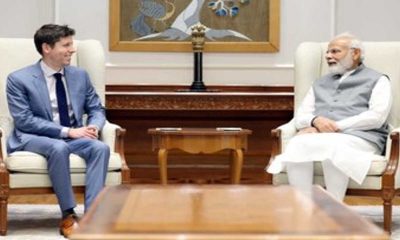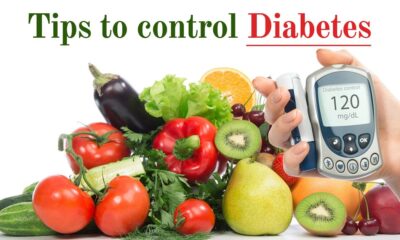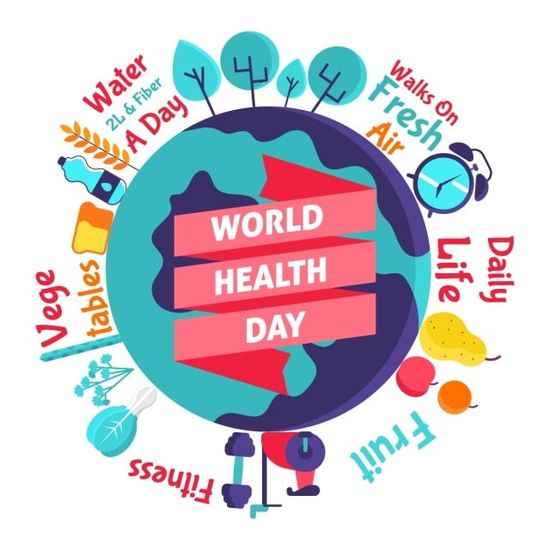Latest Science News
AI-Integrated retinal-imaging device from India shows promising results in screening for Diabetic Retinopathy
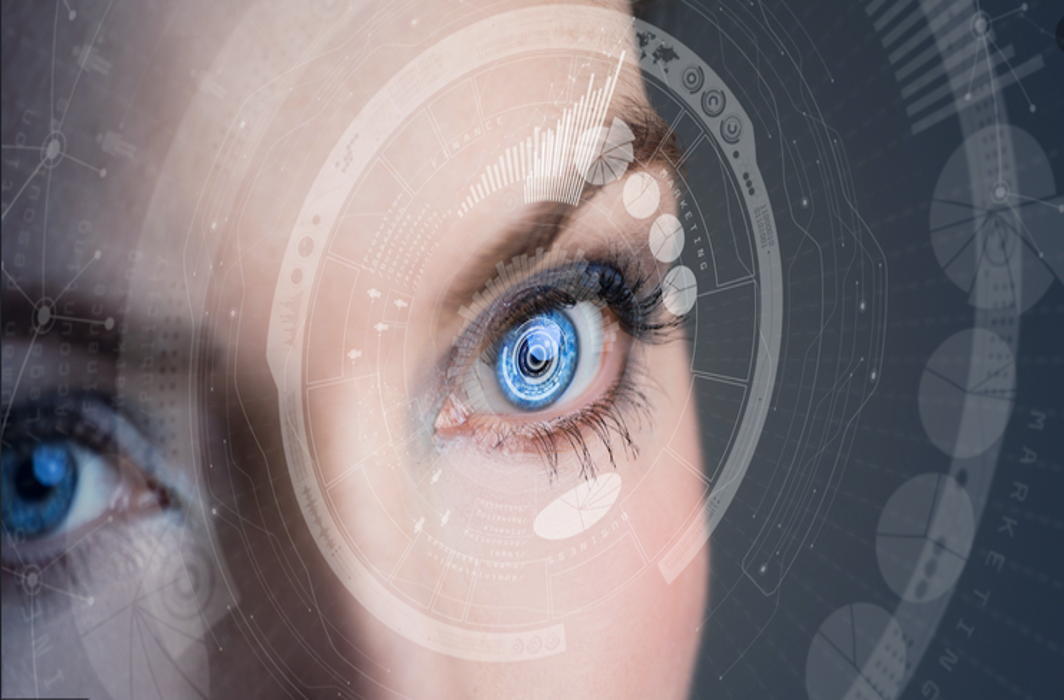
ANI | Updated: Sep 12, 2019 14:02 IST
Bengaluru (Karnataka) [India] Sept 12(ANI/BusinessWire India): Diabetic Retinopathy (DR), is asymptomatic and affects nearly 20per cent of the 70 million diabetic patients in India.
Timely and accessible DR screening can enable early detection, preventing needless blindness. Nearly 70per cent of the population, especially those in rural areas lack access to specialists, given the very low specialist to population ratio of 1:100000 in some areas. A landmark study published in the August issue of JAMA Ophthalmology (Journal of the American Medical Association), reports the feasibility of using a smartphone-based retinal camera with the world’s first, in-built automated, offline Artificial Intelligence (AI) algorithm, the MEDIOS-AI, designed by Bangalore-based Remidio Innovative Solutions, to implement sensitive and scalable screening models for DR.
A team from Aditya Jyot Foundation for Twinkling Little Eyes, Mumbai, led by Dr Natarajan, President of the All India Ophthalmology Society, has till date screened more than 1300 patients with diabetes mellitus in civic dispensaries in Mumbai for DR and validated the diagnostic accuracy of MEDIOS-AI to detect Referable DR, a condition requiring immediate specialist consult. The AI instantly provides a report in less than 10 seconds, on the smartphone.
Florian Savoy (VP, Data Sciences and AI) and Bhargav Sosale (VP, Software Design), the architects of Remidio’s smartphone-based AI solution, suggest that the novel, offline AI platform is ‘extendable to Glaucoma, AMD and other sight-threatening chronic diseases’.
The images were captured on Remidio’s smartphone-based, non-mydriatic, portable camera, the NM-FOP 10 and subjected to automated analysis by MEDIOS-AI, with simultaneous grading by vitreoretinal specialists. MEDIOS-AI relied on 2 convolutional neural networks, based on the MobileNet architecture – one assessing the image quality, and the other separating healthy images from images with referable DR (RDR). The clinical sensitivity and specificity of the MEDIOS-AI algorithm were found to be 100per cent and 88.4per cent for RDR, 85.2per cent and 92.0per cent for any DR respectively, exceeding US FDA’s superiority endpoints of an RDR sensitivity of 85per cent and specificity of 82.5per cent.
Dr TY Alvin Liu, MD, Assistant Professor of Ophthalmology at Johns Hopkins Bloomberg School of Public Health, in an invited commentary, calls the study ‘paradigm-shifting’.
“The study paves the way in implementing large scale models for screening for DR, even in locations with no internet infrastructure. This is a step ahead of the approach taken by Google and other AI companies that need their AI models to run on external servers, necessitating internet access,” said Dr Natarajan, MD.
“Technologies like Remidio NMFOP and Medios Offline AI, are necessary to move screening closer to the nearly 400 million patients at risk of blindness globally, due to chronic, asymptomatic conditions like Diabetic Retinopathy,” said Dr Anand Sivaraman, CEO, Remidio.
This story is provided by Businesswire India. ANI will not be responsible in any way for the content of this article. (ANI/BusinessWire India)
India News
President Droupadi Murmu launches India’s first homegrown CAR T-cell therapy for cancer treatment
The gene-based therapy, which is developed by the IIT Bombay and Tata Memorial Centre, is being rolled out in India at about one-tenth of its price outside the country.
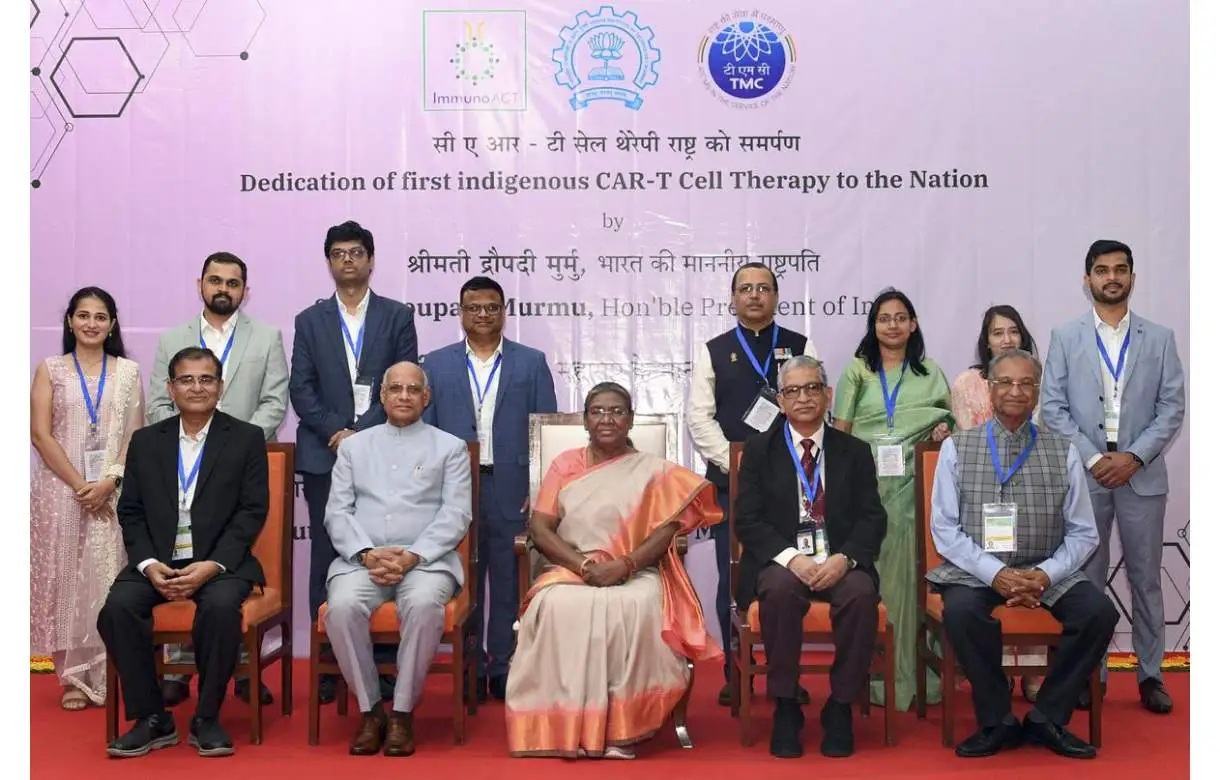
President Droupadi Murmu on Thursday launched India’s first indigenously-developed CAR T-cell therapy, a gene-based therapy, for cancer treatment, hailing it as a breakthrough that provides new hope for humankind in the battle against the diseases.
Speaking at the launch event at the Indian Institute of Technology (IIT) Bombay, Murmu said the indigenous development of the CAR T-cell therapy was an example of the Make in India initiative.
The gene-based therapy, which is developed by the IIT Bombay and Tata Memorial Centre, is being rolled out in India at about one-tenth of its price outside the country, as per the senior official.
In CAR T-cell therapy, a patient’s T-cells, which is a type of immune system cell or stem cell, are modified in the laboratory and inserted back into the patient to attack and destroy cancer cells after editing the stem cell.
The NexCAR19 CAR T-cell therapy, the country’s first Made in India CAR T-cell therapy, is expected to bring down the cost of treatment significantly.
During her speech, Murmu said that this therapy is considered a phenomenal advance in medical sciences. The development of this therapy is also an example of the Make in India initiative and speaks volumes about Indian scientists and physicians, she added.
The launch of India’s first gene therapy is a significant breakthrough in the battle against cancer. As this line of treatment, named CAR T-cell therapy, is accessible and affordable, it provides a new hope for the whole of humankind, President Murmu further added.
The Tata Memorial Centre director Sudeep Gupta said the CAR T-cell therapy was enormously expensive and out of the reach of an overwhelming majority of people.
Asserting that, he said NexCar19 needs to be custom manufactured for every patient under the most stringent conditions, but it has been rolled out at approximately one-tenth of the price at which it is available outside India.
The treatment costs approximately Rs 4 crore abroad against Rs 30 lakh in India, said IIT Bombay director Prof Subhasis Chaudhuri.
He further said that the low-cost CAR T-cell therapy was a huge achievement for the country and cancer patients, and places India firmly on the global map of cell and gene therapy.
Comparing the achievement of Chandrayaan-3 with CAR T-cell therapy, Chaudhuri asserted that CAR-T cell therapy heralds India’s entry into the cell and genetic engineering group.
The Tata Memorial Centre director Gupta said the treatment will help some 20,000 Indians every year, and its rollout is a milestone in the field of cancer care and genetic engineering.
He added the CAR T-cell was not only a scientific achievement of the highest order but also had immense practical application. NexCAR19 will save many, many lives and wipe many, many tears, he emphasised.
India News
ISRO launches weather satellite INSAT-3DS to monitor Earth’s surface, oceans
The Naughty Boy has now become a mature, obedient and disciplined boy like PSLV, and GSLV as they have become a very robust vehicle for ISRO, said Tomy Joseph.
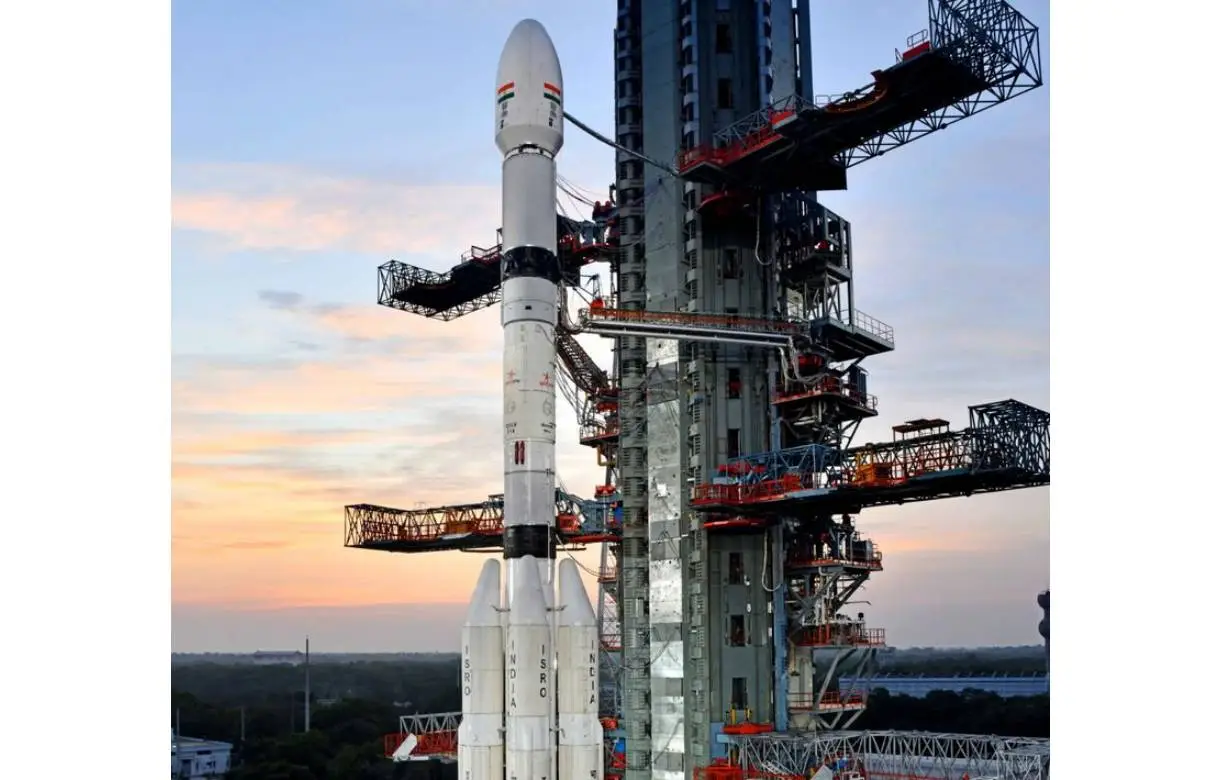
The Indian Space Research Organisation (ISRO) on Saturday launched the INSAT-3DS mission from Satish Dhawan Space Centre in Sriharikota at 5:35 pm to monitor the Earth’s surface, observe the ocean and analyse the environment through various essential meteorological perspectives.
In its mission, the Geosynchronous Satellite Launch Vehicle (GSLV) aimed to deploy the INSAT-3DS meteorological satellite into the Geosynchronous Transfer Orbit (GTO). Subsequent orbit-raising maneuvers will ensure that the satellite is positioned in a Geo-stationary Orbit.
After being positioned in GSO, it will provide information on diverse atmospheric conditions via vertical profiles. INSAT-3DS will manage data collection and dissemination from Data Collection Platforms (DCPs). The satellite will help in search and rescue services.
Congratulating the team, ISRO Chairman S Somanath expressed his happiness over the successful accomplishment of the mission GSLV-F14 INSAT-3DS. He further said that the spacecraft has been injected into a very good orbit. The space agency has also noted that the vehicle has performed very well.
The INSAT-3DS Mission Director, Tomy Joseph sarcastically remarked, saying the Naughty Boy has now become a mature, obedient and disciplined boy like PSLV, and GSLV as they have become a very robust vehicle for ISRO.
The Geosynchronous Satellite Launch Vehicle (GSLV) is a launch vehicle with a length of 51.7 meters and a liftoff mass of 420 tonnes. It consists of three stages, the first stage (GS1) is made up of a solid propellant motor with 139-ton propellant and four earth-storable propellant stages (L40) strapons. Each strapon carries 40 tons of liquid propellant.
The second stage (GS2) is also an earth-storable propellant stage that carries 40-ton propellant, and the third stage (GS3) is a cryogenic stage with a 15-ton propellant loading of liquid oxygen (LOX) and liquid hydrogen (LH2).
To protect the satellite during the atmospheric regime, it is covered by an Ogive payload fairing. The GSLV is versatile and can be used to launch various spacecraft capable of performing communications, navigation, earth resource surveys, and other proprietary missions.
The launch of INSAT-3DS was a follow-on mission of Third Generation Meteorological Satellite from Geostationary Orbit. According to ISRO, the GSLV-F14/INSAT-3DS mission has been fully funded by the Ministry of Earth Sciences (MoES) and designed for enhanced meteorological observations and monitoring of land and ocean surfaces for weather forecasting and disaster warning.
The satellite will augment the Meteorological services along with the presently operational INSAT-3D and INSAT-3DR satellites.
Notably, the services will be used by various departments of the MoES such as the India Meteorology Department (IMD), National Centre for Medium-Range Weather Forecasting (NCMRWF), Indian Institute of Tropical Meteorology (IITM), National Institute of Ocean Technology (NIOT), Indian National Center for Ocean Information Services (INCOIS) and various other agencies.
India News
PM Modi says day not far when an Indian will land on moon in indigenously built spacecraft
PM Modi said a strong roadmap has been drawn till 2040 for the space sector. He made the announcement after flagging off the first Namo Bharat train on the 17 km stretch of the Delhi-Meerut Regional Rapid Transit system.
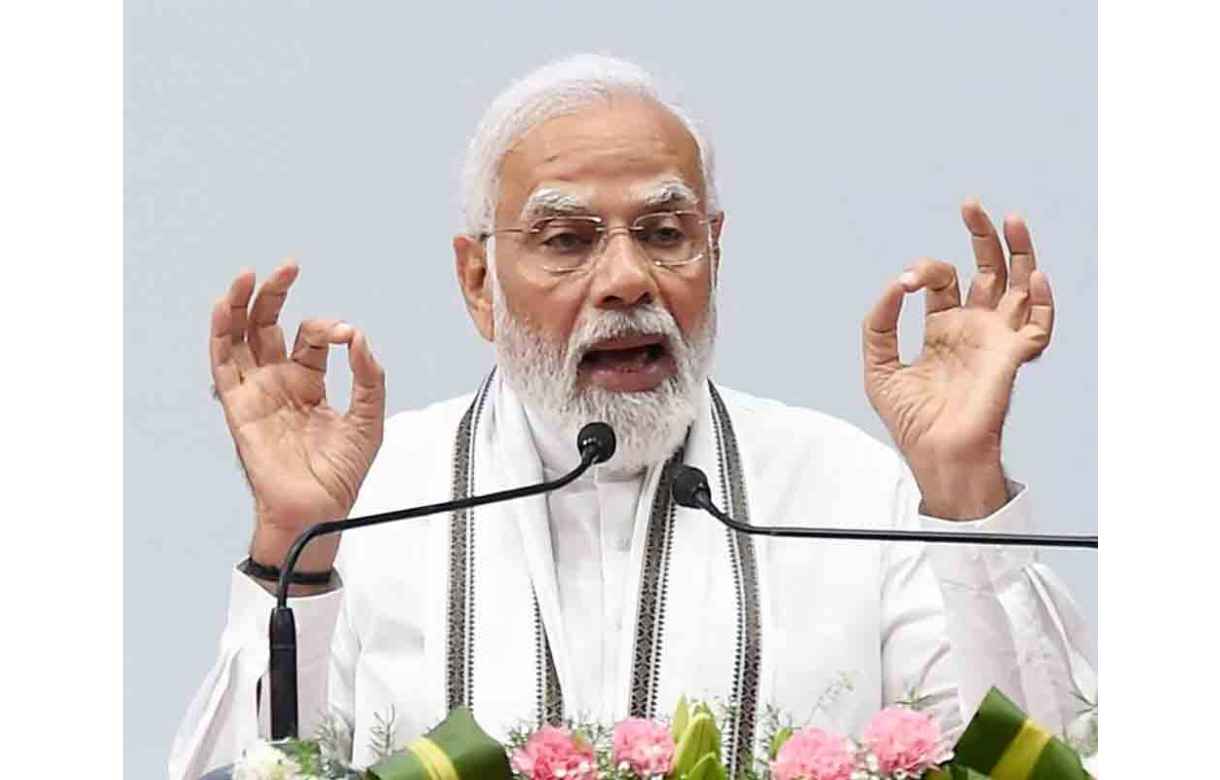
Prime minister Narendra Modi on Friday said the government has drawn up a roadmap for the development of space sector and the day is not far when an Indian will travel to the moon in an indigenously built spacecraft. PM Modi said India’s Gaganyaan will soon take Indian astronauts to space and the India wants to establish its own space station.
PM Modi said a strong roadmap has been drawn till 2040 for the space sector. He made the announcement after flagging off the first Namo Bharat train on the 17 km stretch of the Delhi-Meerut Regional Rapid Transit system.
PM Modi recalled the success of India’s moon mission Chandrayaan3 which had recently placed the country’s tricolour on the lunar surface. He said India of the 21st century is writing new chapters of progress and development for the landing on the moon has left the world awestruck.
PM Modi added with impeccable hosting of the G20 summit, today’s India has become the centre of attraction and curiosity for the world. He said today’s India wins more than 100 medals in the Asian Games.
PM Modi added today’s India launches 5G on its own strength and takes it to all corners of India. He further added todays India does the highest number of digital transactions. He said the Namo trains that were flagged off today were all made in India.
PM Modi set goals for the Indian Space Research Organisation (ISRO) by asking engineers and scientists to work towards setting up an Indian space staion by 2035 and sending an Indian astronaut to the lunar surface by 2040. PM Modi also asked the scientists to undertake interplanetary missions like the Venus orbiter and also attempt a landing on Mars. PM Modi further added the government has handed over festival gifts by reducing the gas cylinder price by Rs 500 for Ujjwala Yojana beneficiaries.
-

 2024 Lok Sabha Elections22 hours ago
2024 Lok Sabha Elections22 hours agoPrime Minister Narendra Modi urges citizens to vote in record numbers as voting for first phase of Lok Sabha elections begins on 102 seats across India
-
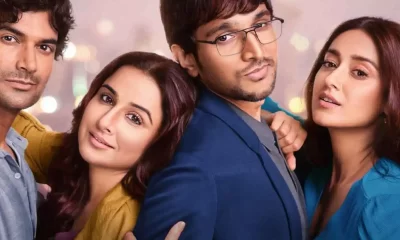
 Entertainment17 hours ago
Entertainment17 hours agoDo Aur Do Pyaar social media review: Social media users say Vidya Balan, Pratik Gandhi deliver standout performances in this adorable film
-

 2024 Lok Sabha Elections18 hours ago
2024 Lok Sabha Elections18 hours agoLok Sabha elections 2024: Amit Shah files nomination from Gandhinagar
-
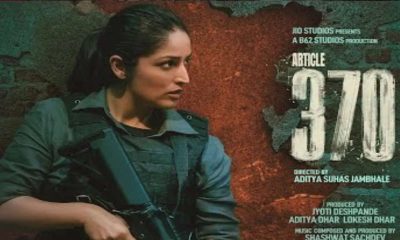
 Entertainment19 hours ago
Entertainment19 hours agoYami Gautam starrer Article 370 releases on Netflix today
-
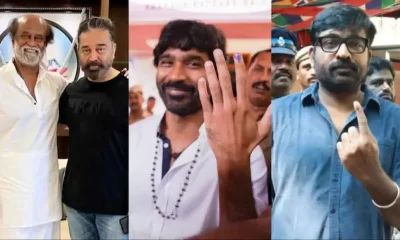
 2024 Lok Sabha Elections21 hours ago
2024 Lok Sabha Elections21 hours agoKamal Haasan, Rajinikanth, Vijay Sethupathi, Dhanush vote in Chennai
-
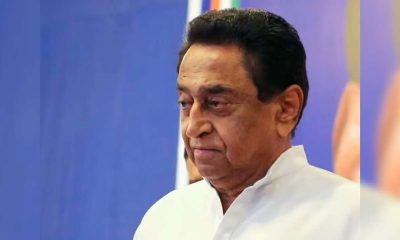
 2024 Lok Sabha Elections14 hours ago
2024 Lok Sabha Elections14 hours agoDeserted by key supporters, the Kamal Nath story looks set to wind to an end in Chhindwara
-

 2024 Lok Sabha Elections21 hours ago
2024 Lok Sabha Elections21 hours agoLok Sabha elections 2024: TMC, BJP workers clash in West Bengal’s Cooh Behar ahead of voting
-
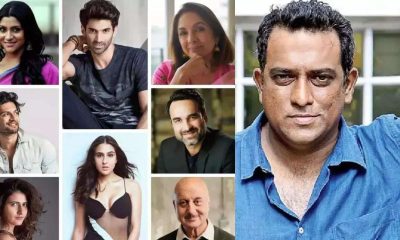
 Entertainment16 hours ago
Entertainment16 hours agoAditya Roy Kapur, Sara Ali Khan’s Metro In Dino to release this November



